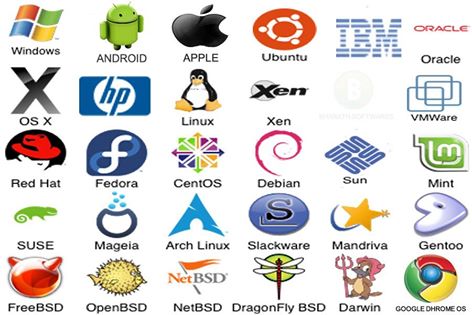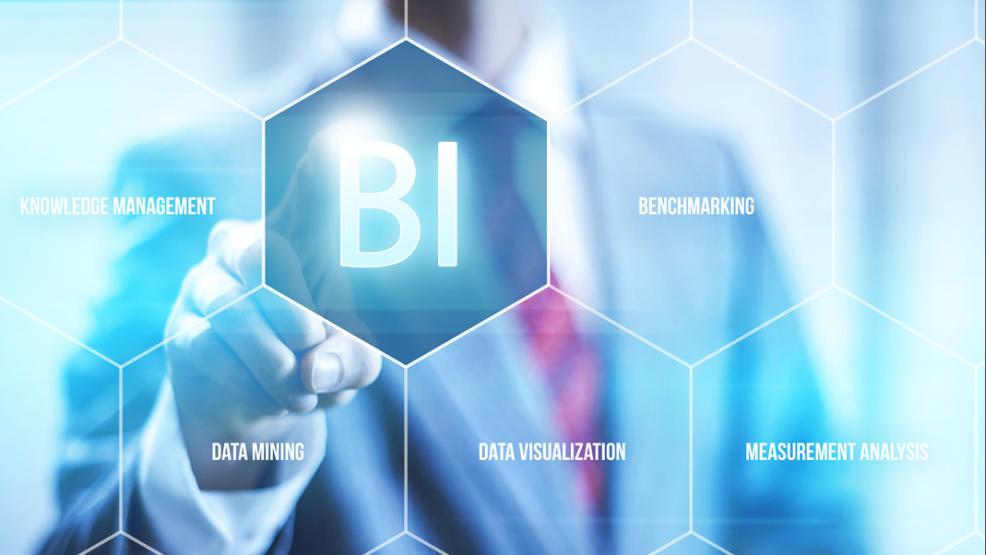Educational softwares
Education & Reference are to words in only one meaning. Teachers and students use educational softwares as mediating tools of teaching and learning process. This fact contribute on the subject of knowledge to both individual and collective active participation. The teachers use media, but should be of real use to students to develop interaction and specific skills.
Educational software are of great importance in the development of teaching-knowledge and cognition-conscious. The goal is to building the general basis for a gradual integration with the rest of the other sciences. They allow the teacher to reorient and grouping a number of factors present in other media teaching earlier failed.
Software as educational training
In other words, the Educational Software is a pedagogical or teaching tool that, due to its characteristics, is that linked to education and autonomous learning and. In addition, it allows the acquisition of knowledge and the development of certain cognitive abilities.
According to this definition, all educational programs have a general use in the business world. They implement the training in educational centers with didactic or instrumental functions. Such as, word processors, database managers, spreadsheets, Graphic editors.
There are programs that can lead the student step by step in the acquisition of a concept, or bring it to a knowledge from experience and allow him to create his own models of thinking when handling various variables.
Increasing the software knowledge

To efficiently integrate these elements, it is inferred to propose certain forms for the use of computers and educational software in the performance of both the teacher to the student, and the student to the knowledge acquired with the use of these media. Which leads to increase learning in school and prepare them for more complex levels of learning.
In addition, in other university levels enables the teacher to have greater management of student progress through systematic evaluation of learning through customized training software. In the exact sciences facilitates the visualization of results and animated representations.
Most software was developed and used by the same person or organization. The same person wrote it, executed it and, if it failed, it was purified. Because of this custom software environment, design was an implicit process, done in someone’s mind, and documentation did not normally exist.
The second era in the evolution of computer

Affect the development of skills through regular and systematic exercise. Can simulate complex processes and connective. Reduces the time available to provide a dense volume of knowledge through the use of specialized software training for it.
Educational software originated almost at the same time as educational technology. During the early years of the computer age, software was viewed as an addition. After that, computer programming was an “art of walking at home” for which there were few systematic methods.
The second era in the evolution of computer systems range from the mid-1960s to the late 1970s. Multiprogramming and multiuser systems introduced new concepts of man – machine interaction. Interactive techniques opened up a new world of applications and new levels of hardware and software sophistication. Furthermore, real-time systems were able to collect, analyze and transform data from multiple sources, thus controlling the processes and producing outputs in milliseconds instead of minutes.
First generation of database


Advances in online storage devices led to the first generation of database management systems.
The second era was also characterized by the establishment of software as a product and the advent of “software houses”. Employers of industry, government and university were ready to “develop the best software package” and earn a lot of money.
As the number of computer systems grew, computer software libraries began to expand. The houses developed projects that produced programs of tens of thousands of source sentences.
All of these programs, all those source statements had to be corrected when faults were detected. It can be modified when users’ requirements changed or adapted to new hardware devices.
Third era in the evolution of computer systems
The third era in the evolution of computer systems began in the mid-1970s and continued beyond a decade. The distribution system, multiple computers, each running concurrent functions and communicating with some other, greatly increased the complexity of computer systems. Local area and global area networks, high bandwidth digital communications, and the growing demand for “instant” access to data, put strong pressure on software developers.
Education & Reference
The conclusion of the third era is an expression of the arrival and widespread use of microprocessors. The microprocessor produces an extensive group of intelligent products, from automobiles to microwave ovens, from industrial robots to blood serum diagnostic equipment.
The fourth era of evolution of computer systems moves away from individual computers and computer programs, addressing the collective impact of computers and software. Sophisticated Operating systems controll of the powerful personal machines in global and local networks. It works using advanced software applications that have become the norm.
Hardware
Just as hardware evolves, so does the design of both basic and applied software, and of course educational software. The first uses were to carry out the same and more traditional tasks of the teacher: to explain some contents, to ask questions about them and to check the results; The interest of these applications arose before the possibility of an individualized instruction, mainly of the tutorial type.
Consecuently, there are a series of educational software that the reader can choose for different purposes is as follows:
Other important considerations
The use of Educational Software is having a greater presence in the classroom, even outside them. However, not fully solve the problem of inefficiency in learning mathematics. They become tools that help reduce the problem to the extent that apply as a result of a comprehensive diagnosis of the problem.



Educational software should be more interactive with the teacher and among students. It can be a social media knowledge. It improve us the development of our mental capacities environment. But we must also learn to think clearly and learn the basic rules underlying learning programs of the same software. (reference: https://es.wikipedia.org/wiki/Software_educativo)
More about education program
All educational programs guide and regulate students’ learning since, explicitly or implicitly. They promote certain actions of the same aimed at facilitating the achievement of specific educational objectives.
For example, they can provide an overall treatment of information (own audiovisual media) or a sequential treatment (own written texts). In most cases, students have interest in all educational software. Further, the programs often include elements to capture students’ attention. They maintain their interest and, where necessary, keep the focus on the most important aspects of activities of the learning processes.
I hope you have enjoyed this article Cheers
Julian





